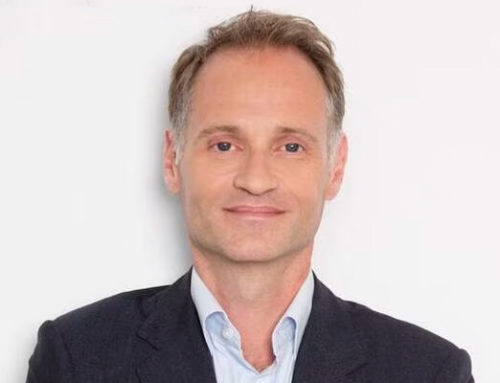L’Oréal is now keen to find new ways to generate ecommerce sales growth beyond its own channels, and sees social commerce as a key source of new revenue. While the main objective for its AR plans is to reach new consumers in a “fun, educational and entertaining way”, conversion will also be an important KPI.
“We clearly see an increase in conversion coming from social networks on ecommerce. Facebook and Instagram are becoming ecommerce platforms and we want people to be able to experience our brands and also be able to buy seamlessly,” says Lubomira.
While Facebook is the first major AR collaboration for L’Oréal, there are plans to launch others, although Lubomira won’t be drawn on who the company is in talks with. However, Modiface has previously worked with Samsung and Pinterest on AR services.
Lubomira describes the acquisition of Modiface as being a “great journey so far”, but admits challenges remain. One is keeping the company’s startup culture, something she says L’Oréal is very careful about whenever it makes an acquisition. To do that, Modiface’s 70-strong team is still based in its office in Toronto and founder Parham Aarabi is left to manage it “as he used to”.
However, to ensure its brands benefit from the tech, L’Oréal has created an in-house tech arm, called the Digital Service Factory, that acts as an interface between the team in Toronto and the brands in-country. That means all roadmaps and requests to use the Modface team are managed through this team of around 10-15 people.
The issue of data sharing on Facebook has been brought to the fore since the Cambridge Analytica scandal, but L’Oréal says it won’t be receiving any consumer data through the services. However, it will be able to use engagement data to see how many people have engaged with the AR services, what products and shades they may have tried on and conversion rates.
Sourced through Scoop.it from: www.marketingweek.com


Leave A Comment